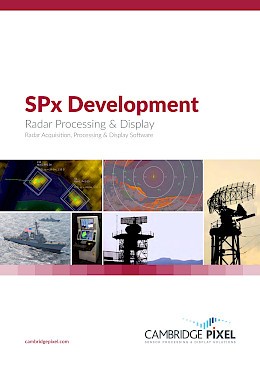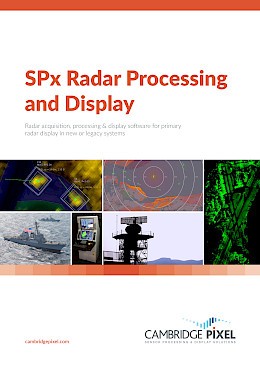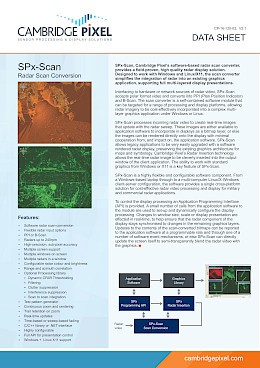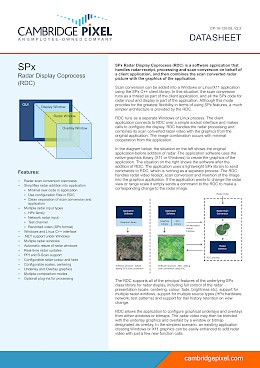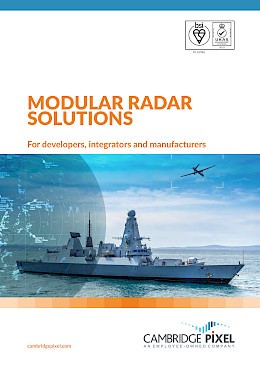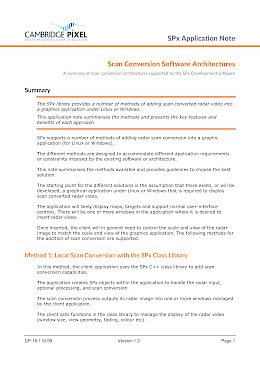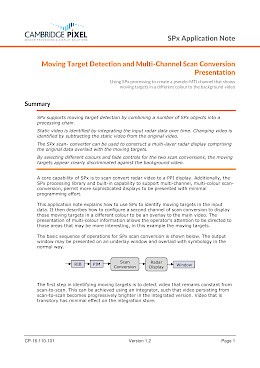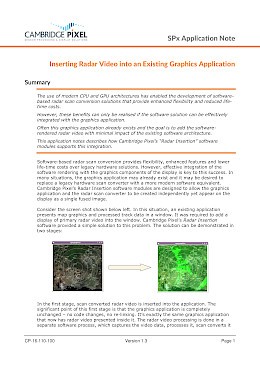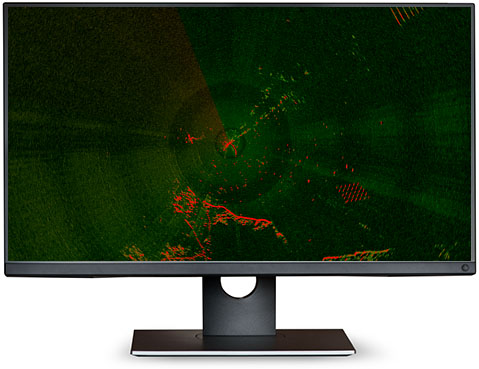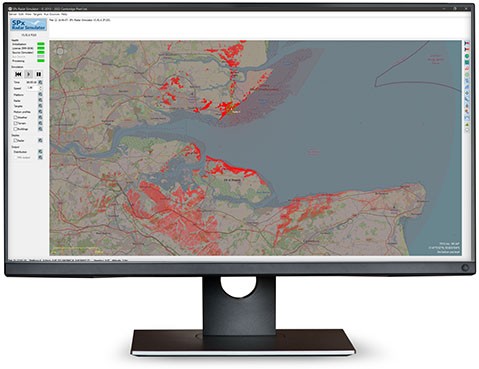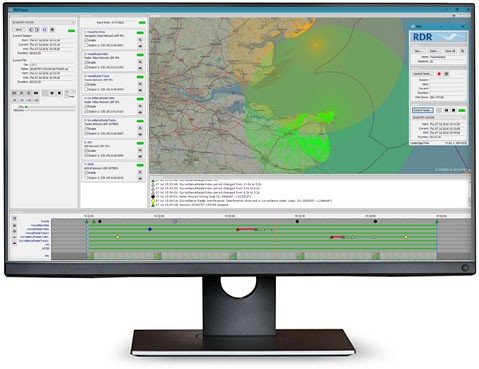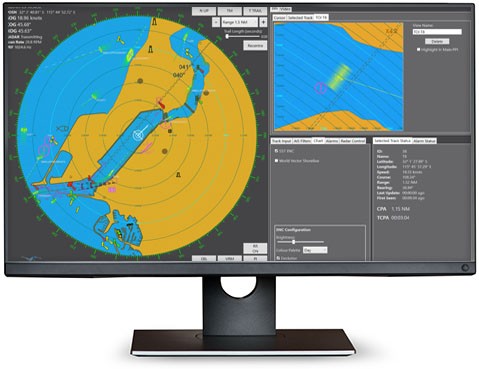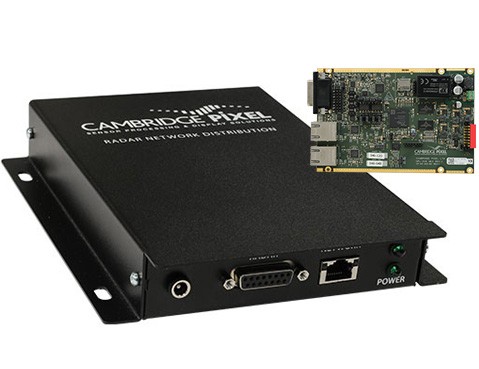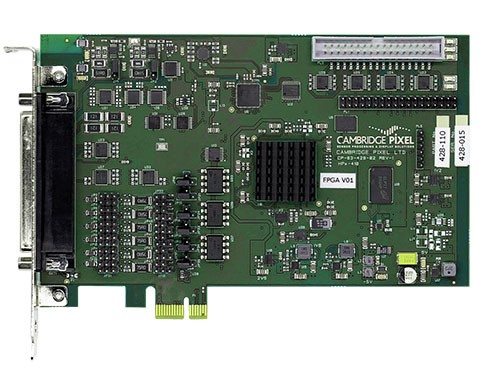What applications can be built with the SPx Development Library?
The library can be used for most systems that use radar data. Examples include building or enhancing command and control (C2) systems, Vessel Traffic Management Systems (VTMS), Counter UAS displays, and other surveillance systems.
What radar processing capabilities are included?
The library provides numerous radar processing capabilities including: dynamic thresholding, clutter processing and plot extraction. Each process is fully parameterised, allowing you to customise its behaviour to meet your exact requirements. For a full list, please see the modules tab.
How is the product used?
SPx Development Library is supplied as one or more software modules with well-defined inputs, outputs and control parameters. You can easily add SPx modules into your C++ or .NET application, adding only the capabilities that you need. Multiple SPx modules may be linked together to form a complete processing chain. Your application still gets control of the parameters of each SPx module and you can even add your own modules into the chain if you wish to add your own capabilities. SPx is unique because it keeps you in control. If you eventually need to enhance or upgrade the functions of an SPx module you can simply drop in a form-fit function replacement, without affecting the rest of the system.
It includes both radar compression and decompression components that employ algorithms specifically designed for radar video. Careful attention is paid to preserving signal quality and minimising latency for network distribution. The network distribution module is fully parameterised and is easily incorporated into a C++ or .NET based application program, or simply built with other SPx components as needed. Your application remains in control.
The library provides a set of high-performance radar scan-conversion modules that create PPI, A-Scan or B-Scan displays with industry-standard graphics hardware. The SPx scan conversion module may be used on its own or combined with any of the other SPx modules for a complete acquisition, processing and display chain. The highly flexible SPx scan-converter supports multiple windows, multiple radars and provides superior quality displays using industry-standard computing components. It is easy to incorporate the SPx scan-converter into a display application, optionally using other SPx modules to deliver the radar video, or using your own hardware and software where that exists.
- Library of radar processing modules, including:
- Software Scan Conversion including:
- PPI Display
- A-Scan
- B-Scan
- Compression:
- ORC
- zlib
- Radar Video Processing:
- Scan to Scan Integration
- Dynamic Thresholding (cell-averaging CFAR)
- Plot Extraction
- Area, sector and range blanking
- Statistics monitoring
- Signal enhancement
- LUT (Look-Up Table) processing
- Range correction
- FTC filter
- STC filter
- Clutter Processing:
- Clutter Mapping
- Clutter Subtraction
- Scan to Scan Integration
- Target Processing
- AIS Decode and Display
- ADS-B Decode and Display
- Track Decode and Display
- Network Distribution
- SPx
- ASTERIX
- NMEA-0183
- Radar Recording and Replay
- Software Scan Conversion including:
- Supporting modules, including:
- Graphics renderers
- GUI widgets
- Data receivers (NMEA, AIS, ADS-B)
- Optional additional modules for camera video processing
- Runs on low-cost, industry-standard processing hardware
- Exploits the capabilities of modern multi-core processors and graphics processors
- High-performance, low CPU usage
- Modular, flexible and configurable
- Based on open standards and the principles of open architecture
- Open-standard network radar data protocols
- Large library of radar processing modules
- Supporting modules
- Windows and Linux/X11 options
- Backed by engineer-to-engineer support
- Single developer, dual developer and project licensing options




